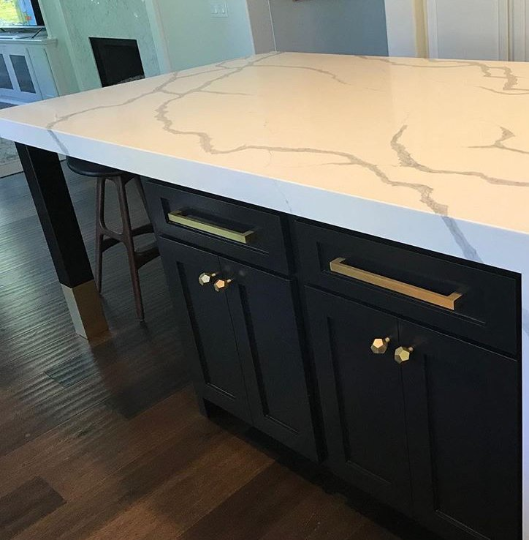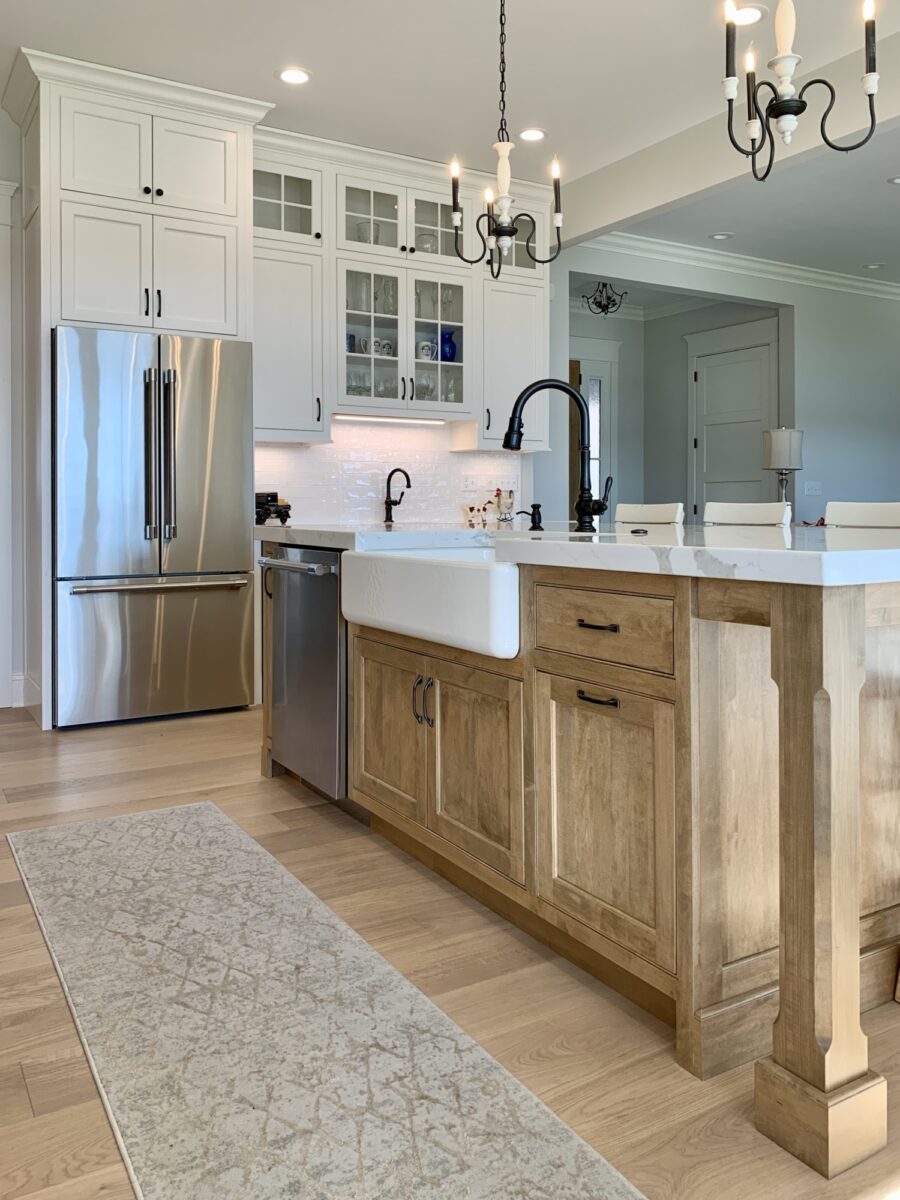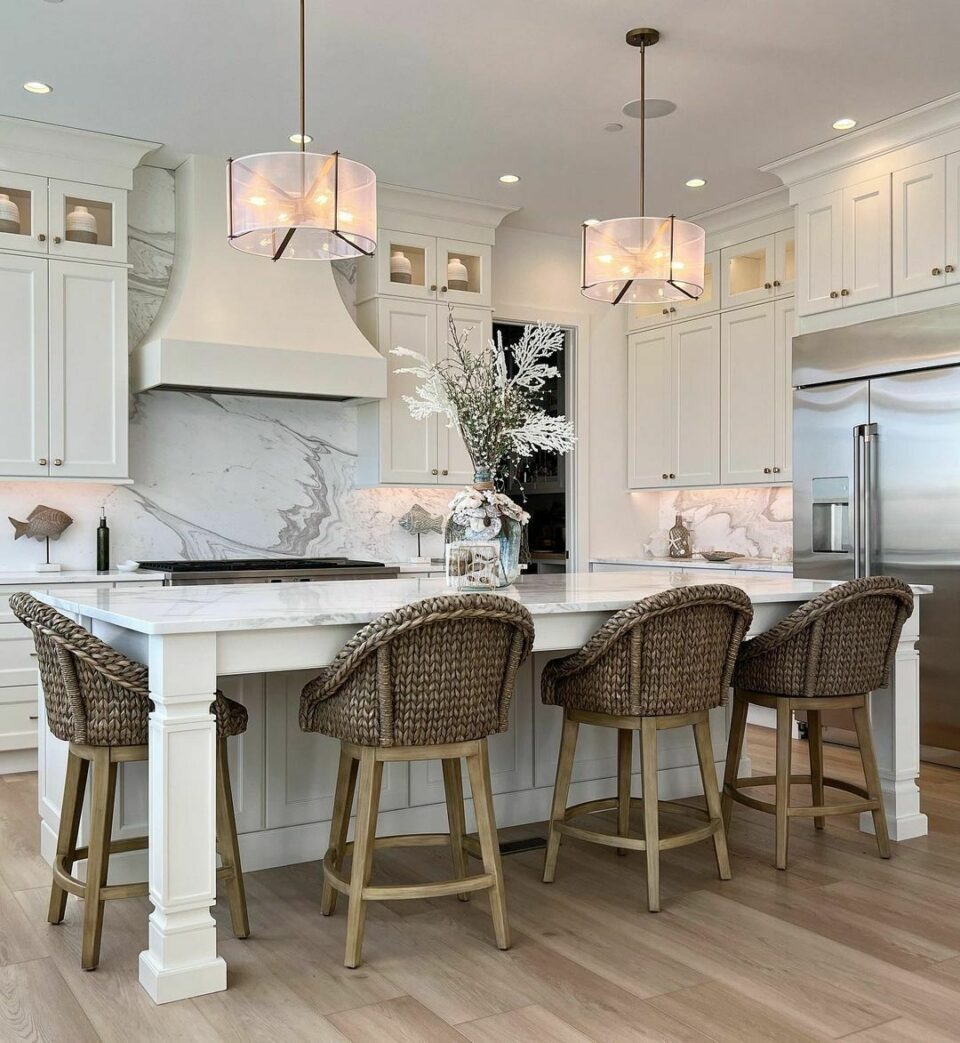Attain the Perfect Equilibrium of Type and Feature with Legs For Kitchen Island
Attain the Perfect Equilibrium of Type and Feature with Legs For Kitchen Island
Blog Article
Essential Factors to Consider When Picking Legs For Kitchen Area Island
Picking the proper legs for a kitchen area island entails a mindful evaluation of several elements that can dramatically influence both functionality and aesthetic allure. As we check out these components, it becomes clear that each choice can have significant ramifications for the total kitchen experience.
Material Options
When picking legs for a kitchen island, recognizing the numerous product alternatives is crucial for attaining both visual appeal and architectural integrity (Legs For Kitchen Island). The choice of product significantly influences not just the resilience of the island but also its overall design and performance
Metal legs, commonly made from stainless steel or wrought iron, add a commercial and modern-day feeling while making sure toughness and security. These materials are resistant to wear and can sustain substantial weight, making them perfect for larger islands.
One more alternative is crafted products, like MDF or plywood, which can be a lot more economical while still providing a variety of surfaces. Nevertheless, they may not supply the same degree of security as strong timber or steel. Last but not least, materials such as acrylic or glass can create a modern look, though they may need additional assistance to guarantee security.
Eventually, the option of material for cooking area island legs should straighten with the desired functionality and the total motif of the cooking area.
Design And Style

When thinking about style, the form and surface of the legs are vital. Tapered legs can supply a sense of lightness and sophistication, while thicker, extra robust legs can communicate stamina and security. In addition, the coating-- be it repainted, discolored, or natural-- should complement the cabinetry and counter top materials to create a unified appearance.
Additionally, the design of the legs can additionally show individual taste. Personalized or decorative legs, such as those featuring elaborate makings or distinct geometric forms, can serve as focal factors, including character and character to the kitchen. Eventually, the right selection will not just enhance capability however additionally elevate the aesthetic allure, making the cooking area island a standout function of the home.
Height Considerations
Picking the ideal elevation for kitchen island legs is important, as it straight affects both functionality and convenience. The typical elevation for a cooking area island generally ranges from 36 to 42 inches, aligning with typical countertop heights.

It is also vital to represent users' elevations and choices. Personalizing the elevation can make certain a comfortable experience for all member of the family, making the cooking area island a much more functional and pleasurable space.
Weight Support
Guaranteeing ample weight support for kitchen island legs is crucial for both safety and capability. The cooking area island usually serves numerous purposes, including food preparation, eating, and added storage, demanding a robust support framework. When picking legs, it is crucial to take into consideration the click over here overall weight ability called for based on the island's planned usage and the materials that will certainly be put on it.
The choice of product for the legs plays a substantial duty in their weight-bearing capacities. Strong wood, steel, and durable composites typically supply remarkable toughness compared to lighter products. In addition, the layout of the legs-- whether they are straight, tapered, or have a pedestal form-- can influence their ability to disperse weight properly across the structure.
Furthermore, the leg placement ought to be strategically intended to enhance security. Legs placed at the corners or with a larger base can much better support heavier loads. Always seek advice from the manufacturer's specifications regarding tons limits to ensure that the legs can sustain the designated weight without jeopardizing security. In recap, picking kitchen area island legs with adequate weight assistance is essential for developing a secure and functional cooking area.
Installment and Maintenance
Correct installation and upkeep of kitchen island legs are important for making sure long life and security. To start, it is important to follow the maker's guidelines throughout installation. This commonly involves protecting the legs to the island base making use of proper bolts, making sure that the legs are level and lined up. Utilizing a level device can aid stop wobbling and enhance the overall aesthetic appeal of the kitchen island.
When installed, normal upkeep is needed to maintain the honesty and appearance of the legs - Legs For Kitchen Island. For wooden legs, routine cleansing with a moist cloth and application of ideal timber gloss can avoid moisture damages and preserve their surface. Metal legs may call for a gentle cleansing service to remove oil and crud, adhered to by a completely dry cloth to avoid rust formation
In addition, examine the legs regularly for indicators of wear or damages, such as splits or loose joints. Tightening screws or bolts as needed can likewise lengthen the life-span of the legs. By adhering to these setup and maintenance methods, house owners can make sure that their kitchen island remains tough and aesthetically appealing for years to come.
Verdict

Aesthetic comprehensibility is paramount in picking the style and style of legs for a kitchen island, as these aspects greatly affect the general ambiance of the area. Tapered legs can supply a feeling of lightness and elegance, while thicker, extra robust legs can communicate strength and stability.Picking the ideal elevation for go to this site kitchen island legs is vital, as it directly affects both capability and convenience. In summary, choosing cooking area island legs with adequate weight assistance is vital for developing a functional and risk-free cooking room.
In verdict, picking legs for a kitchen island requires cautious consideration of various elements, including material choices, style, elevation, weight support, and setup.
Report this page